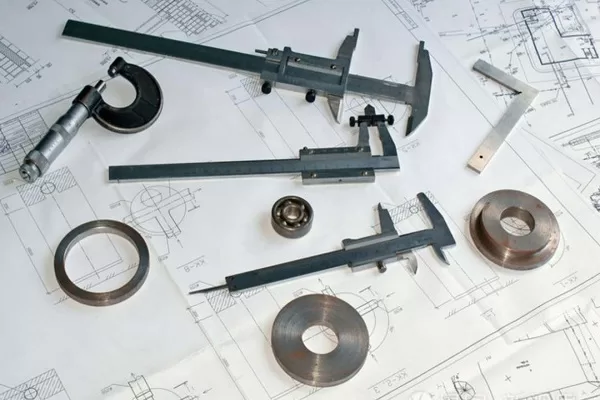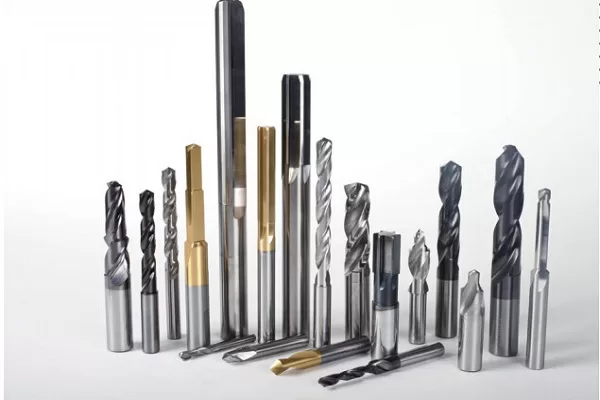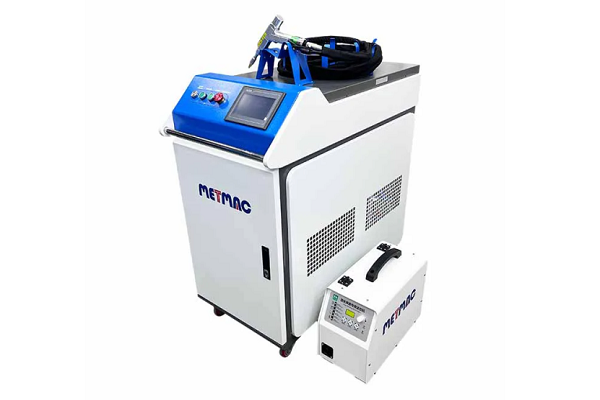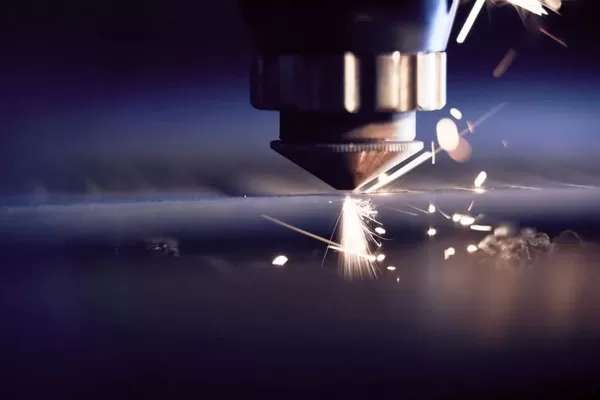
Air Bending Made Easy- A Guide to This Versatile Plate Bending Technique
- By:Metmac
- 2024-06-04
- 158
In the realm of metalworking, air bending stands out as a versatile and efficient plate bending technique, offering a host of advantages for precision and customization. This comprehensive guide will unveil the secrets of air bending, empowering you with the knowledge to master this transformative process.
Unveiling the Power of Air
Air bending harnesses the force of compressed air to manipulate sheet metal with precision. Unlike traditional roll bending, which uses rigid rollers to deform the metal, air bending utilizes a punch and die to shape the metal without direct contact. This minimizes friction and marring, resulting in a pristine finish.
Precision with Every Bend
The key to air bending is the use of dies designed to match the desired bend radius. By carefully selecting the correct die for the thickness and material of the metal, you can achieve precise and consistent bends without distortion. This eliminates the need for time-consuming manual adjustments, saving you precious time and materials.
Versatile and Adaptable
Air bending is incredibly versatile, capable of handling a wide range of sheet metal thicknesses and materials, including steel, aluminum, and stainless steel. Its adaptability extends to a variety of bend angles, from acute bends to complex curves, making it suitable for both intricate and large-scale projects.
Benefits Beyond Accuracy
The advantages of air bending extend far beyond its precision. It offers increased safety by eliminating the risk of contact with rotating parts, and its high speed optimizes productivity. Additionally, air bending is relatively inexpensive to set up and maintain, making it a cost-effective choice for both small and large workshops.
Embracing Air Bending
To master air bending, follow these essential steps:
Prepare the Sheet Metal: Ensure the metal is clean and free of any burrs or surface imperfections.
Select the Correct Die: The die radius should match the desired bend angle and metal thickness.
Align the Punch and Die: Properly align the punch and die to create a clean and symmetrical bend.
Apply Compressed Air: Gradually increase the air pressure until the metal is bent to the desired angle.
Remove the Bend: Once the bend is complete, remove the sheet metal from the bending machine and inspect the results.
By following these guidelines and practicing regularly, you’ll soon master the art of air bending and unlock a world of possibilities for your metalworking projects. Embrace the power of air and transform your plates into intricate and precise masterpieces.
-
The Advantages of Using a Sheet Roll Forming Machine in Manufacturing
2024/09/14 -
How to Optimize Your Laser Sheet Cutting Machine for Maximum Performance
2024/09/12 -
How to Maximize Efficiency with Modern Sheet Metal Working Machines
2024/09/04 -
The Environmental Benefits of Using Duct Board Grooving Machines
2024/09/03
-
Integrating Automation with Rectangular Duct Machines for Enhanced Productivity
2024/05/11 -
Metal Shear Machines- Essential Tools for Precision Metal Cutting
2024/05/11 -
Understanding the Role and Function of Steel Strip Slitting Machines
2024/05/11 -
Maintenance Tips for Longevity of HVAC Duct Machines
2024/05/11
-
A Guide to the Latest Innovations in Sheet Metal Folding Machines
2024/11/29 -
Key Features to Consider When Investing in a Sheet Metal Folding Machine
2024/11/28 -
Enhancing Precision with Advanced Sheet Metal Folding Machines
2024/11/27 -
How to Choose the Right Sheet Metal Folding Machine for Your Workshop
2024/11/26



